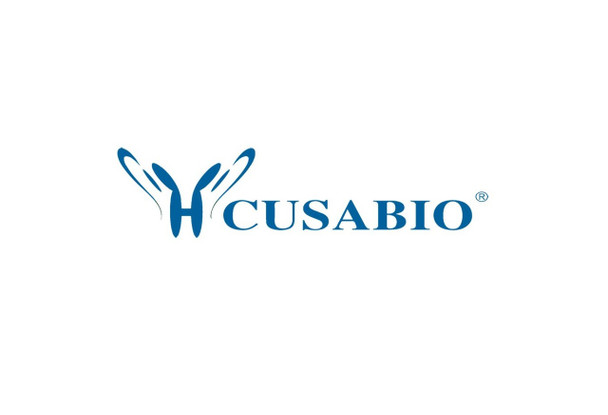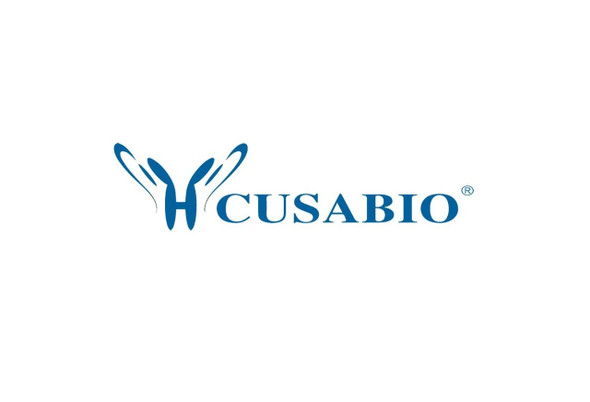Cusabio Escherichia coli Recombinants
Recombinant Escherichia coli RNA polymerase sigma factor RpoH (rpoH) | CSB-EP313777ENV
- SKU:
- CSB-EP313777ENV
- Availability:
- 3 - 7 Working Days
Description
Recombinant Escherichia coli RNA polymerase sigma factor RpoH (rpoH) | CSB-EP313777ENV | Cusabio
Alternative Name(s): Heat shock regulatory protein F33.4 (RNA polymerase sigma-32 factor) (fam) (hin) (htpR)
Gene Names: rpoH
Research Areas: Others
Organism: Escherichia coli (strain K12)
AA Sequence: MTDKMQSLALAPVGNLDSYIRAANAWPMLSADEERALAEKLHYHGDLEAAKTLILSHLRFVVHIARNYAGYGLPQADLIQEGNIGLMKAVRRFNPEVGVRLVSFAVHWIKAEIHEYVLRNWRIVKVATTKAQRKLFFNLRKTKQRLGWFNQDEVEMVARELGVTSKDVREMESRMAAQDMTFDLSSDDDSDSQPMAPVLYLQDKSSNFADGIEDDNWEEQAANRLTDAMQGLDERSQDIIRARWLDEDNKSTLQELADRYGVSAERVRQLEKNAMKKLRAAIEA
Source: E.coli
Tag Info: N-terminal 10xHis-tagged and C-terminal Myc-tagged
Expression Region: 1-284aa
Sequence Info: Full Length
MW: 39.9 kDa
Purity: Greater than 90% as determined by SDS-PAGE.
Relevance: Sigma factors are initiation factors that promote the attachment of RNA polymerase to specific initiation sites and are then released. This sigma factor is involved in regulation of expression of heat shock genes. Intracellular concentration of free RpoH protein increases in response to heat shock, which causes association with RNA polymerase and initiation of transcription of heat shock genes, including numerous global transcriptional regulators and genes involved in maintaining membrane functionality and homeostasis. RpoH is then quickly degraded, leading to a decrease in the rate of synthesis of heat shock proteins and shut-off of the heat shock response.
Reference: "The complete genome sequence of Escherichia coli K-12." Blattner F.R., Plunkett G. III, Bloch C.A., Perna N.T., Burland V., Riley M., Collado-Vides J., Glasner J.D., Rode C.K., Mayhew G.F., Gregor J., Davis N.W., Kirkpatrick H.A., Goeden M.A., Rose D.J., Mau B., Shao Y. Science 277:1453-1462(1997)
Storage: The shelf life is related to many factors, storage state, buffer ingredients, storage temperature and the stability of the protein itself. Generally, the shelf life of liquid form is 6 months at -20?/-80?. The shelf life of lyophilized form is 12 months at -20?/-80?.
Notes: Repeated freezing and thawing is not recommended. Store working aliquots at 4? for up to one week.
Function:
Involvement in disease:
Subcellular Location:
Protein Families:
Tissue Specificity:
Paythway:
Form: Liquid or Lyophilized powder
Buffer: If the delivery form is liquid, the default storage buffer is Tris/PBS-based buffer, 5%-50% glycerol. If the delivery form is lyophilized powder, the buffer before lyophilization is Tris/PBS-based buffer, 6% Trehalose, pH 8.0.
Reconstitution: We recommend that this vial be briefly centrifuged prior to opening to bring the contents to the bottom. Please reconstitute protein in deionized sterile water to a concentration of 0.1-1.0 mg/mL.We recommend to add 5-50% of glycerol (final concentration) and aliquot for long-term storage at -20?/-80?. Our default final concentration of glycerol is 50%. Customers could use it as reference.
Uniprot ID: P0AGB3
HGNC Database Link: N/A
UniGene Database Link: N/A
KEGG Database Link: N/A
STRING Database Link: N/A
OMIM Database Link: N/A







